

025-85283059
210003


025-85283059
210003
江南,全球最大的Sorek反渗透海水淡化厂 Sorek工厂位于以色列特拉维夫市南部,通过BOT方式建立,共融资40亿美元。该工厂采用IDE先进的反渗透膜淡化技术
时间:2023-11-18
焦点提醒:全球最年夜的Sorek反渗入海水淡化厂 Sorek工场位在以色列特拉维夫市南部,经由过程BOT体例成立,共融资40亿美元。该工场采取IDE进步前辈的反渗入膜淡化手艺

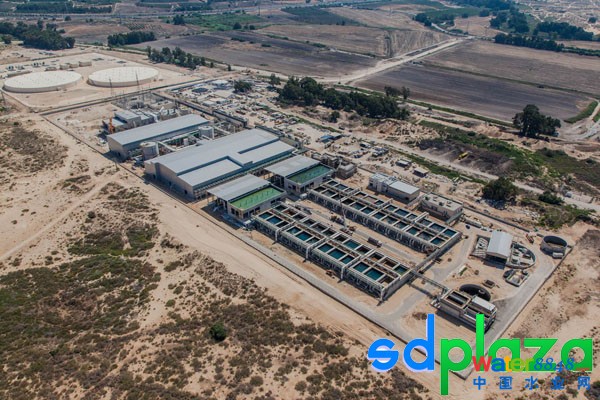
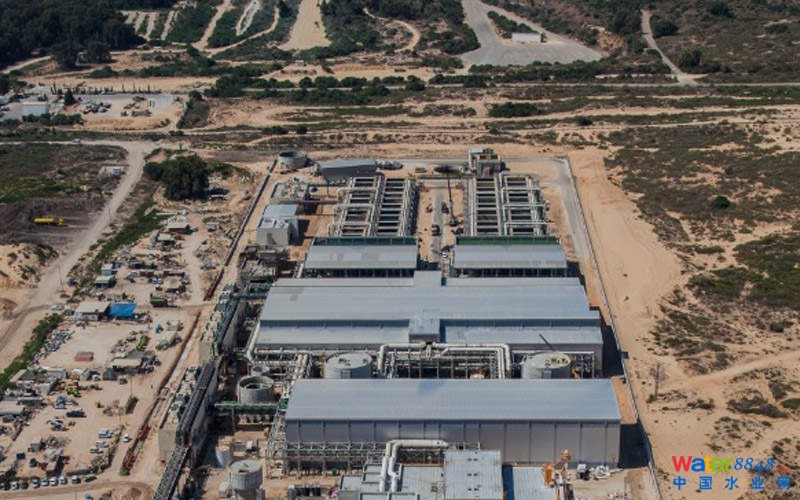
Sorek desalination plant was completed with a total investment of approximately 美金400m.
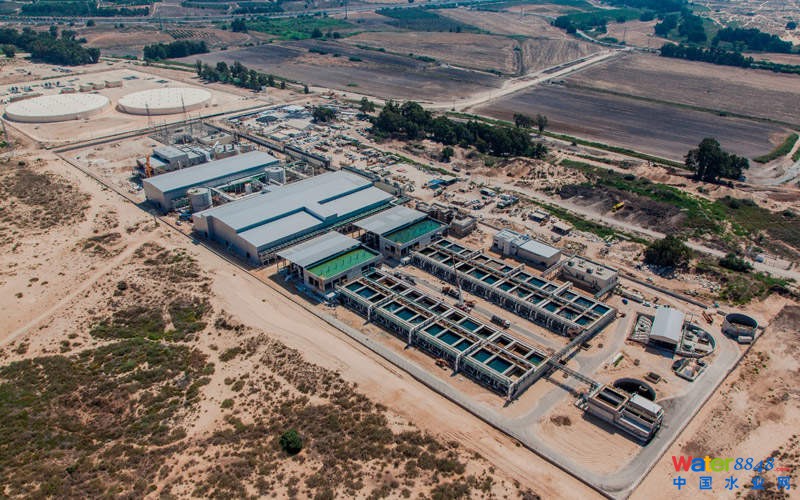
The Sorek desalination is the world's largest ����APPseawater desalination plant.
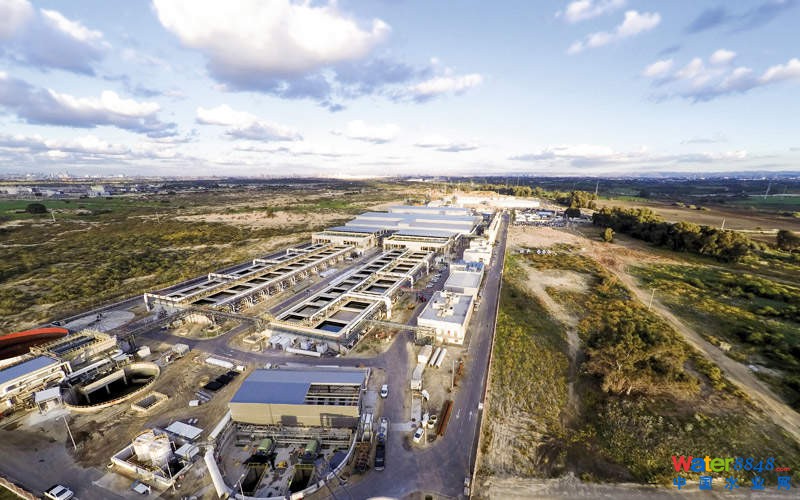
Sorek plant was built on the Mediterranean coast, about 15km south of Tel Aviv, Israel.
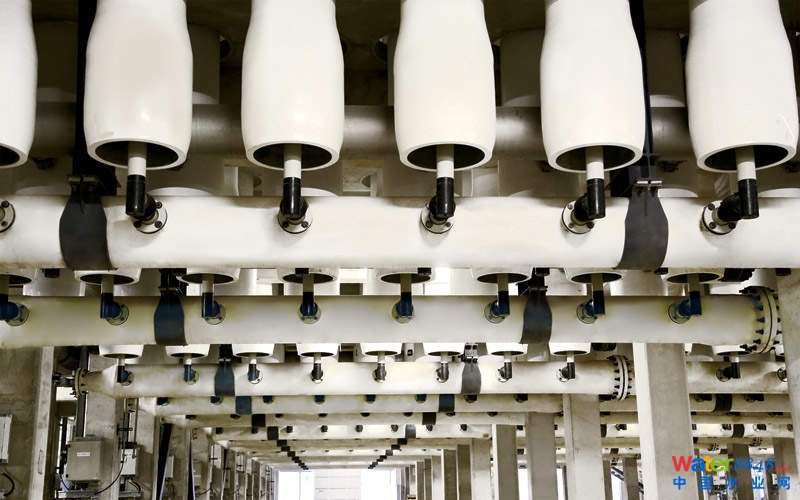
The Sorek facility features 16in membrane elements installed in vertical pressure vessels.

Sorek desalination plant was completed with a total investment of approximately 美金400m.

The Sorek desalination is the world's largest seawater desalination plant.

The Sorek desalination located about 15km south of Tel Aviv, Israel, became operational in October 2013 with a seawater treatment capacity of 624,000m³/day, which makes it world’s biggest seawater desalination plant.
The desalination facility uses seawater reverse osmosis (SWRO) process providing water to Israel’s national water carrier system.
Construction of the desalination plant began in January 2011 and was completed with a total investment of about 美金400m.
One of the most important components of the plant is the use of an SWRO desalination process. SWRO was chosen as it was the most practicable option from technical and economical points of view.
"One of the most important components of the plant is the use of an SWRO desalination process."Project needs, site conditions and the Finance Ministry’s Inter-Ministerial Tenders Committee requirements were the other factors that worked in favour of SWRO.
Major components of the facility can broadly be categorised into an intake system, onshore interconnection pipelines and a seawater pumping station.
Intake system facilities include intake heads for adequate and consistent flow of feed water, as well as offshore seawater supply and brine outfall pipelines.
Feed water for the process is taken from two open sea intake heads located around 1.15km offshore.
The suction heads are provided with a slow suction velocity of 0.15m/s so the effects of entrainment and impingement of marine organisms can be kept minimal.
Corrosion of intake structures is prevented by installing an automatic active cathodic protection system.
The two underground intake and one brine pipelines were installed by using the pipe jacking method. The brine outfall pipeline was laid up to a depth of 20m, approximately 1.85km from shore.
The pipe jacking method was also applied to install the majority of the onshore pipelines.
Two feed pipelines made of concrete were laid from the onshore chamber to the intake pumping station, located 2.4km from the sea shore.
The seawater pumping station includes an intake pit, oil monitors, vertical pumps and travelling screens with self-cleansing system.
Electricity for the operation of the facility is provided by an independent power producer (IPP),which was built on site by Delek Infrastructure.
Chemical dosing and a flocculation basin are used for the pre-filtration process. The chemical dosing station consists of two pumps, each supplied with a frequency converter device.
This device keeps the pumps’ revolutions each minute (RPM) and flow rate in alignment with the plant’s real-time needs.
The flocculation basin facilitates the process to separate suspended solids. Remaining impurities are removed through dual media gravity filtration.
The filtered seawater is then pumped by the low pressure feed booster pumps to the reverse osmosis section for desalination.
Post-treatment involves re-mineralisation of the desalinated water followed by final disinfection.
Sorek desalination project is a part of the desalination master plan launched by the Water Desalination Administration (WDA), an Israeli Governmental agency, in 2000.
"Post-treatment involves re-mineralisation of the desalinated water followed by final disinfection."The plan envisages the production of approximately 650 million cubic meters per annum by the year 2020, by building large-scale seawater plants along the coast of the Mediterranean.
The agency has already built Ashkelon, Palmahim and Hadera plants which have a combined production capacity of approximately 290 million cubic meters a year.
The new plant caters for 10% of the country’s drinking water consumption and about 20% of its domestic water consumption.
After an extensive tender process, WDA chose the Sorek Desalination Company (SDL) for financing, planning, building and operating the desalination plant in Sorek for 25 years.
SDL is a consortium established especially for desalination project and is owned by two companies. IDE Technologies with a 51% share is leading the consortium.
Hutchison Water, a fully-owned subsidiary of Hutchison Whampoa of Hutchison Group, has the remaining 49% stake in the partnership.
Protesa, a Spanish company specialising in production of GRP pipes, designed, manufactured and installed glass fibre reinforced polyester (GRP) piping and fittings for the plant.
Flowserve Corporation was responsible for supplying CALDER dual-work exchanger energy recovery (DWEER) units for the desalination plant.
In May 2011, SDL entered into agreements with the European Investment Bank (EIB), Bank Hapoalim and Bank Leumi to obtain 美金400m in project financing to help build and operate the plant.
EIB, the European Union’s (EU) financing institution, provided 美金185m for the design and construction of the plant.
Yanbu Phase 2 Expansion MED Seawater Desalination Plant, located at Yanbu Industrial City, 300km north of Jeddah, involved installation of a multiple-effect distillation (MED) desalination unit capable of producing 15 million imperial gallons per day (MIGD) / 68,190m³ per day.
Fujairah 1 Independent Water and Power Plant is a hybrid desalination plant incorporating multistage flash distillation (MSF) and reverse osmosis (RO) technologies.
来历 : https://www.water-technology.net/projects/sorek-desalination-plant/